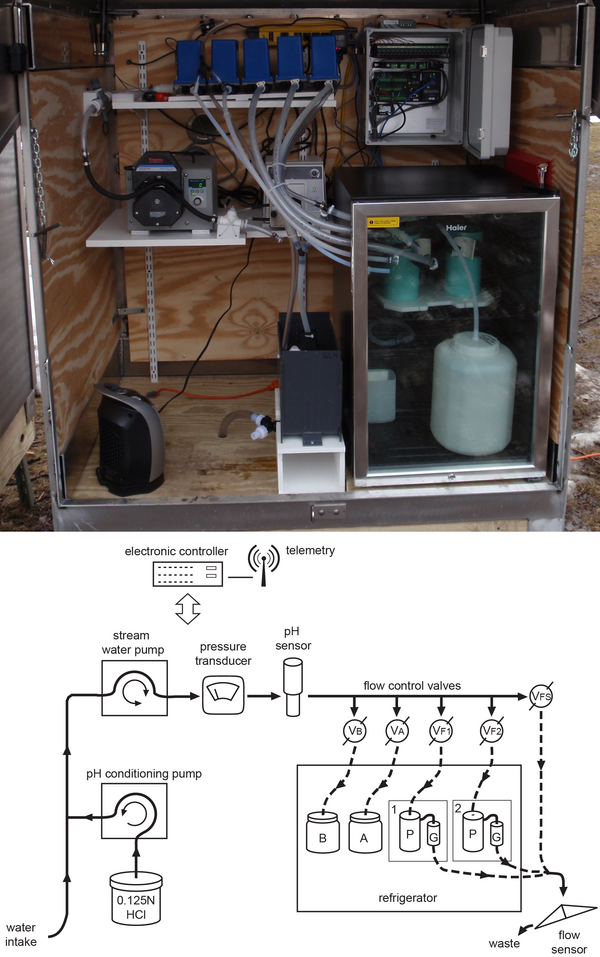Multi-parameter meter installed at Milwaukee River Cherry Street streamgage
Multi-parameter meter installed at Milwaukee River Cherry Street streamgageMulti-parameter meter installed at Milwaukee River Cherry Street streamgage location. https://waterdata.usgs.gov/monitoring-location/040870115
























